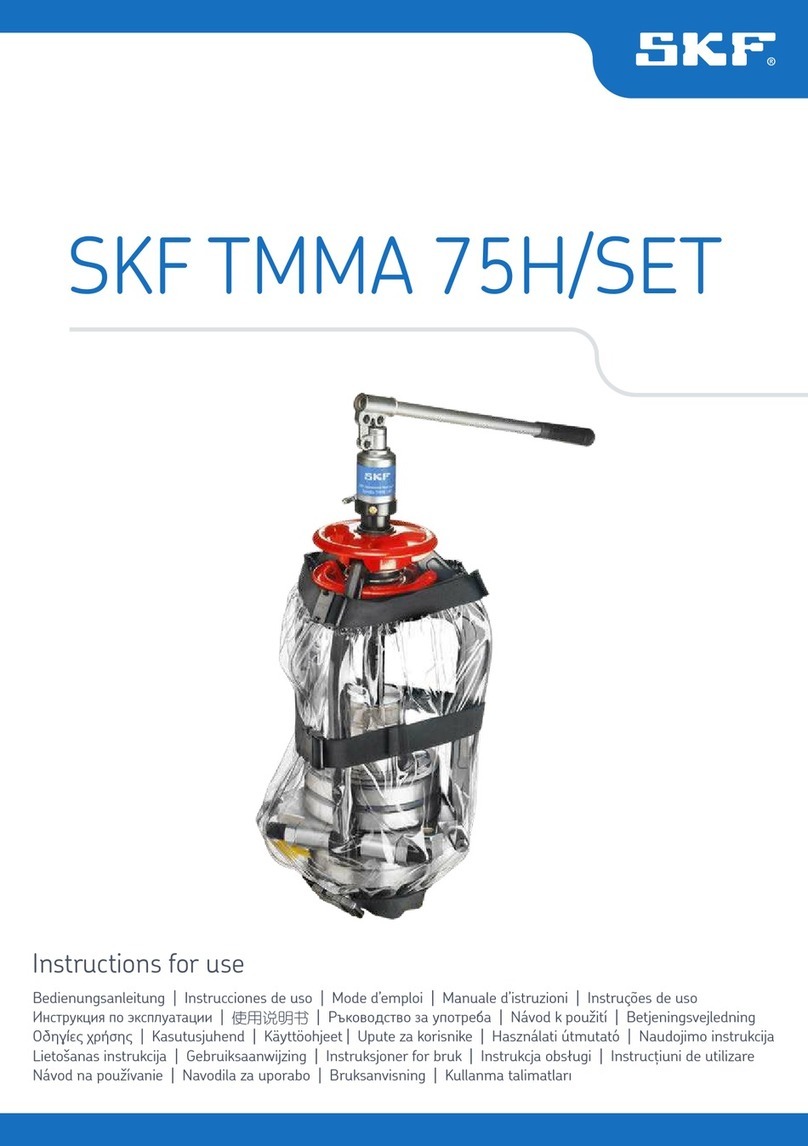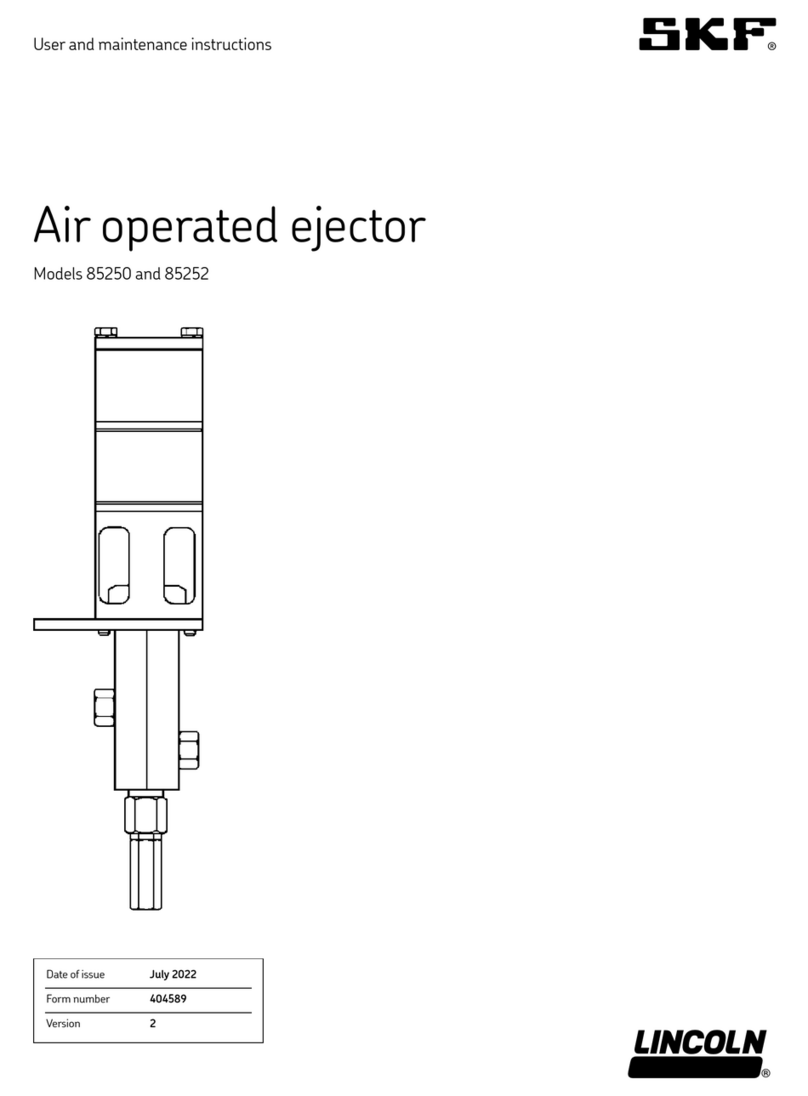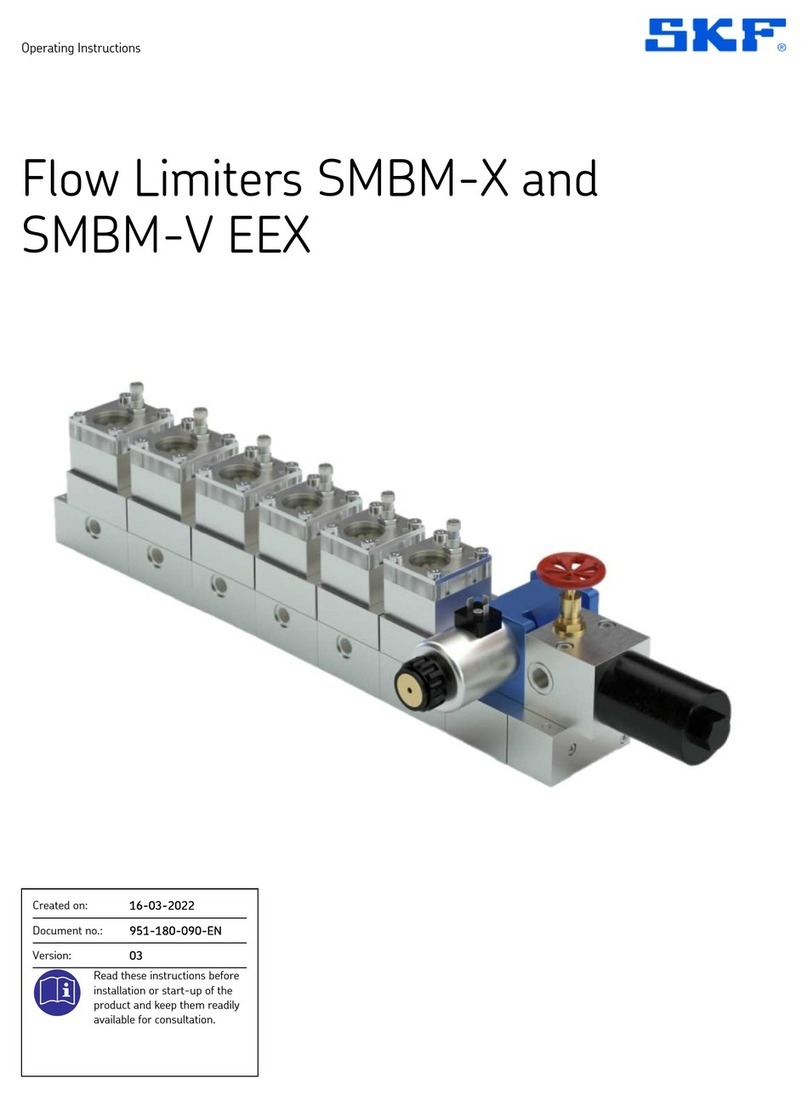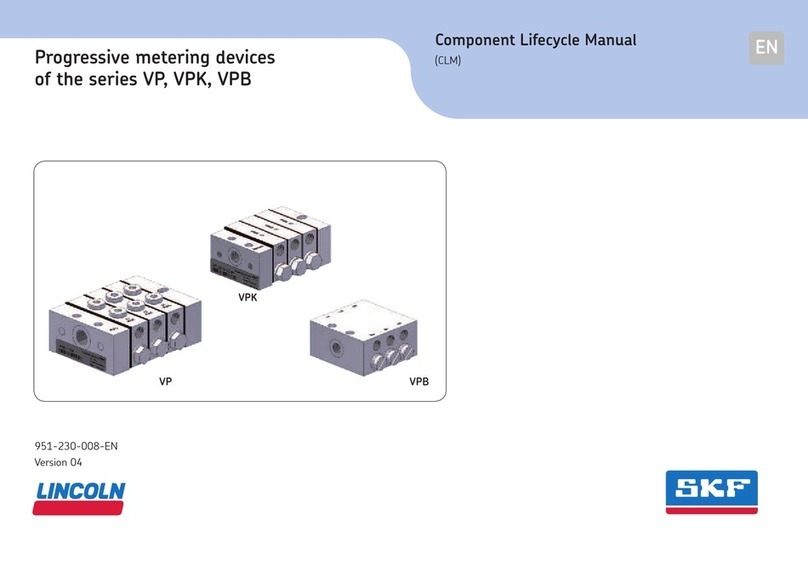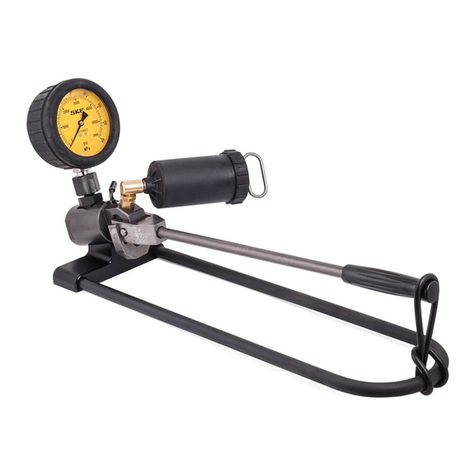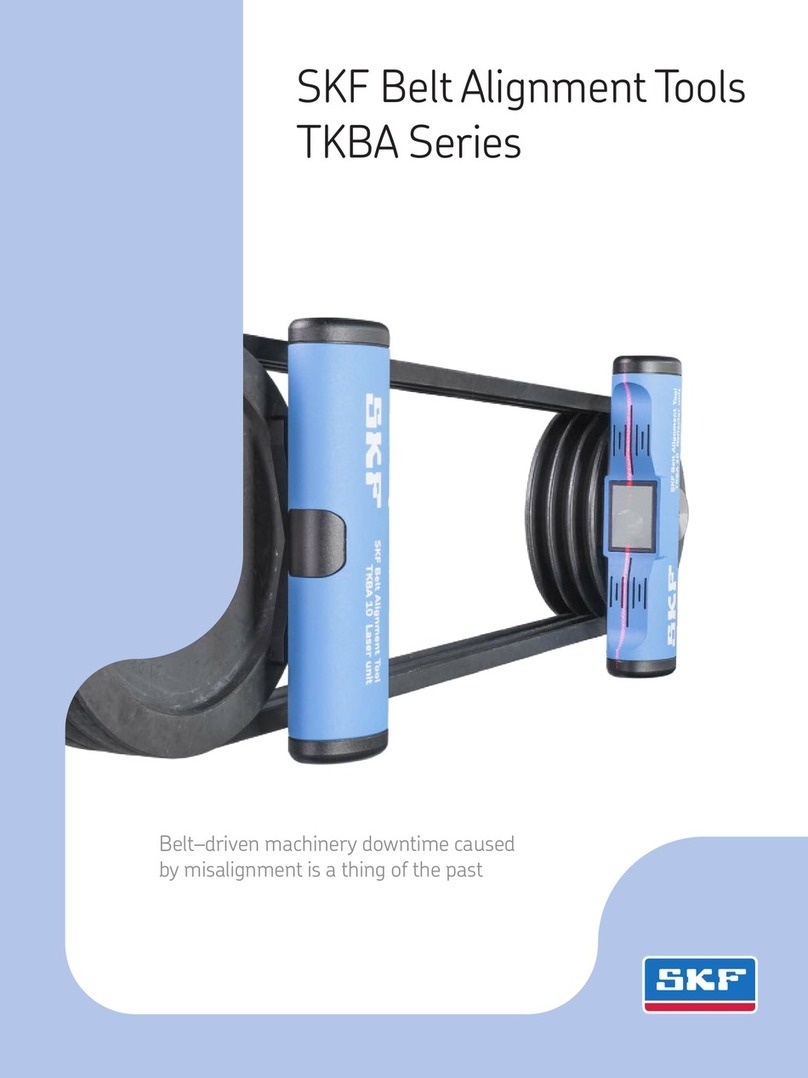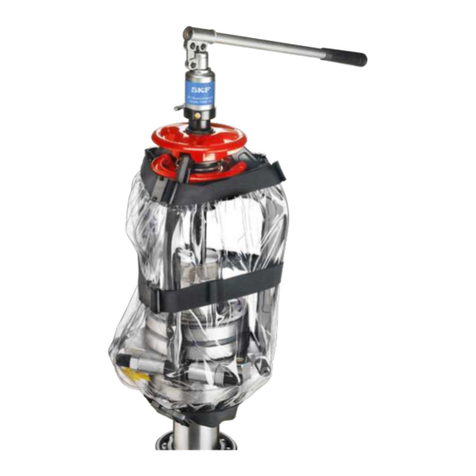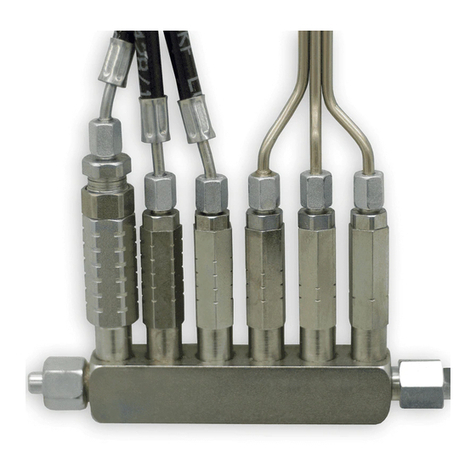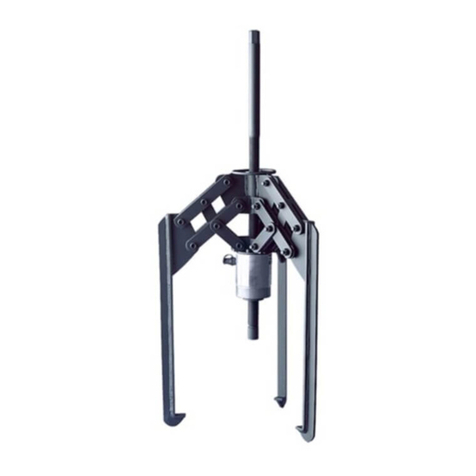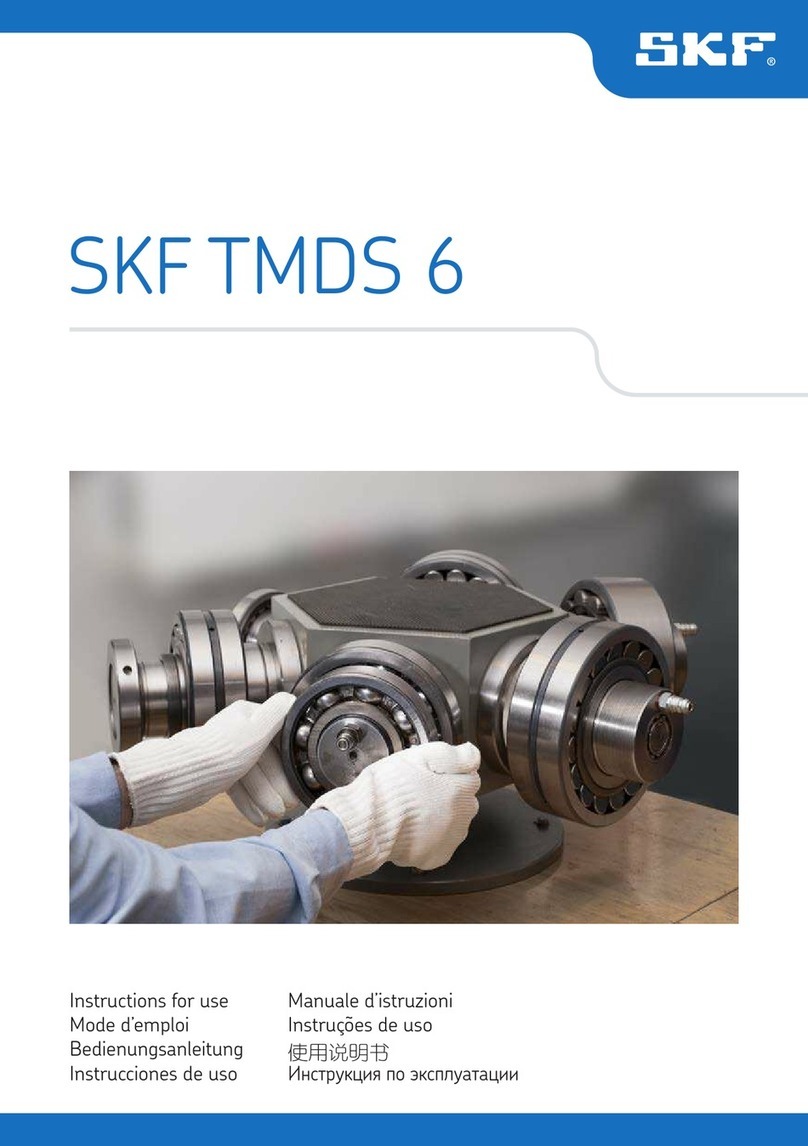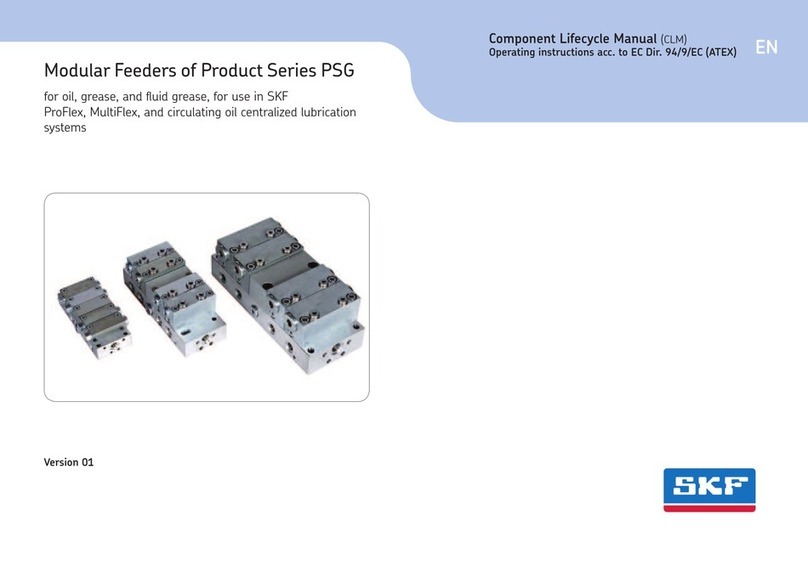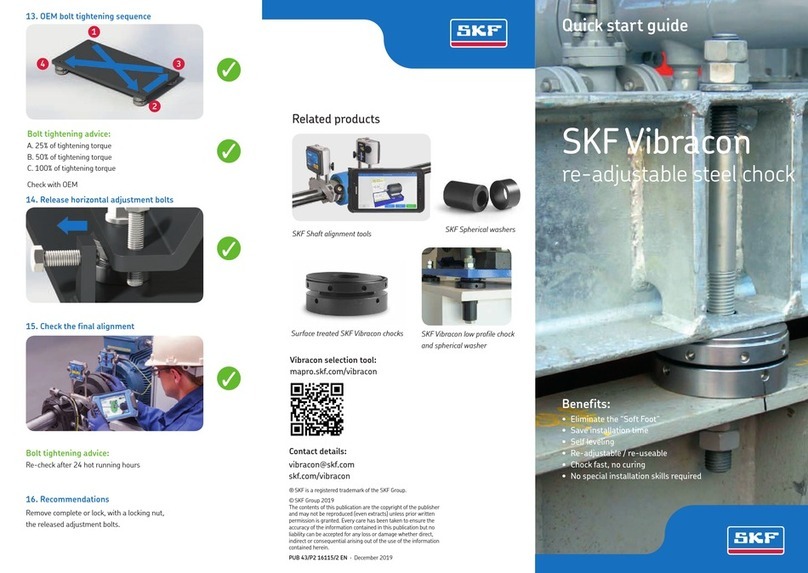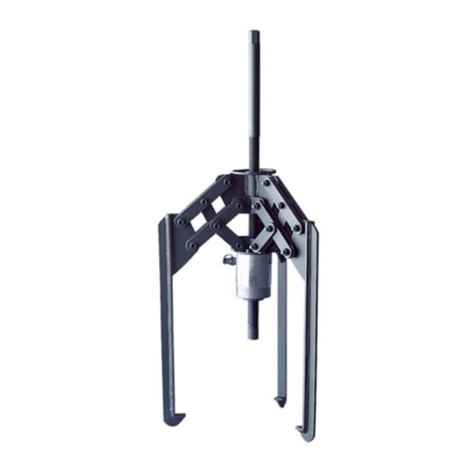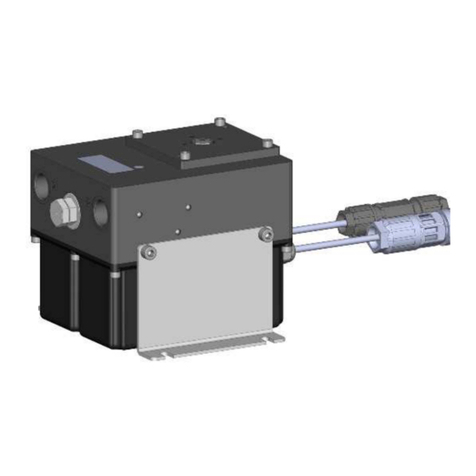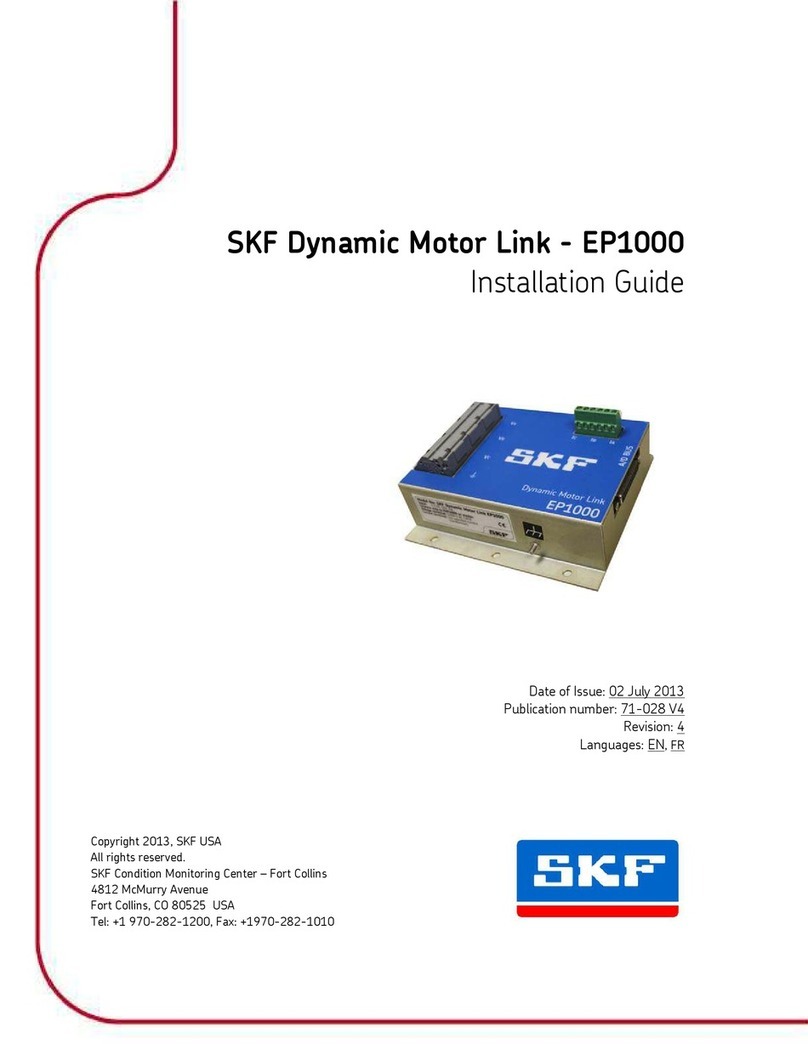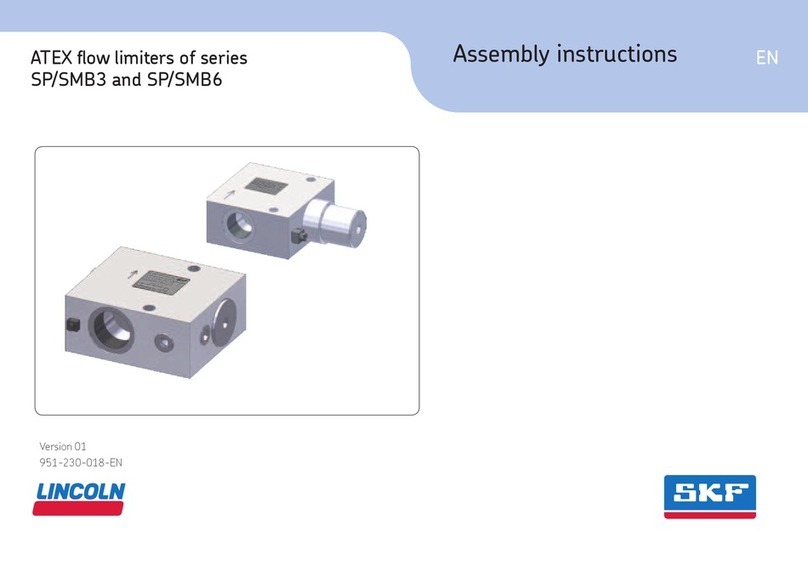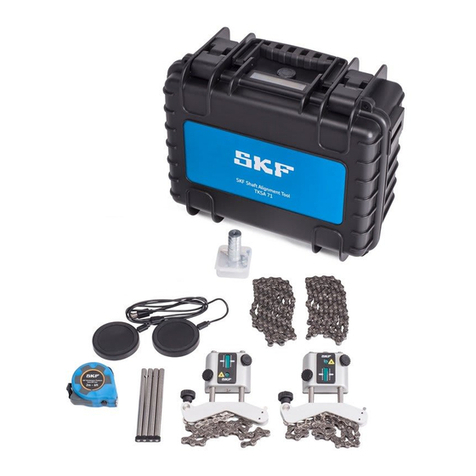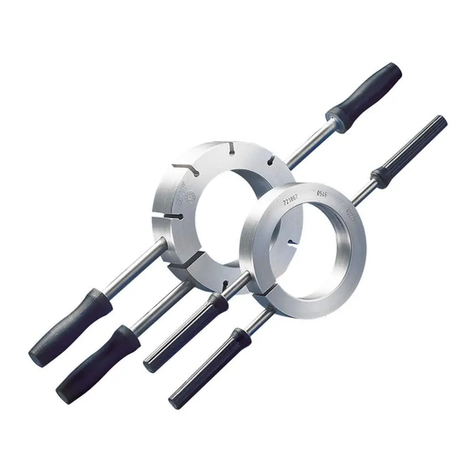
4
EN Table of contents
Table of contents
EC Declaration of incorporation following machinery directive 2006/42/
EC, annex II, part 1 B...................................................................................2
Explanation of symbols and signs ...............................................................5
1. Safety instructions.........................................................................7
1.1 General safety instructions....................................................................7
1.2 General behaviour when handling the product...................................7
1.3 Qualified technical personnel ................................................................8
1.4 Electric current hazard........................................................................... 9
1.5 System pressure hazard ........................................................................9
1.6 Operation.................................................................................................9
1.7 Assembly, maintenance, malfunctions, modification, shutdown,
disposal ..................................................................................................10
1.8 Intended use..........................................................................................10
1.9 Foreseeable misuse..............................................................................11
1.10 Disclaimer of liability.............................................................................11
1.11 Other applicable documents................................................................11
1.12 Residual risks ........................................................................................12
2. Lubricants................................................................................... 14
2.1 General information ............................................................................14
2.2 Selection of lubricants..........................................................................14
2.3 Approved lubricants..............................................................................15
2.4 Lubricants and the environment.........................................................16
3. Overview, functional description ................................................ 17
4. Technical data ............................................................................. 20
4.1 General technical data..........................................................................20
4.2 Notes related to the type identification plate.....................................21
4.3 Notes related to the CE marking .........................................................21
4.4 Limit switch............................................................................................22
4.5 Proximity switch....................................................................................23
5. Delivery, returns, and storage .................................................... 24
5.1 Delivery..................................................................................................24
5.2 Returns .................................................................................................24
5.3 Storage...................................................................................................24
5.4 General notes related to storage.........................................................24
6. Installation.................................................................................. 25
6.1 General information .............................................................................25
6.2 Attachment............................................................................................25
6.3 Electrical connection ............................................................................26
7. Start-up...................................................................................... 27
8. Operation, shutdown and disposal ............................................. 28
8.1 Temporary shutdown ...........................................................................28
8.2 Shutdown and disposal........................................................................28
9. Maintenance, cleaning and repair .............................................. 29
9.1 General information .............................................................................29
9.2 Maintenance..........................................................................................29
9.3 Cleaning .................................................................................................29
9.4 Repair.....................................................................................................29
10. Troubleshooting.......................................................................... 30
11. Spare parts................................................................................. 31
12. Dimensional drawings ................................................................ 34

